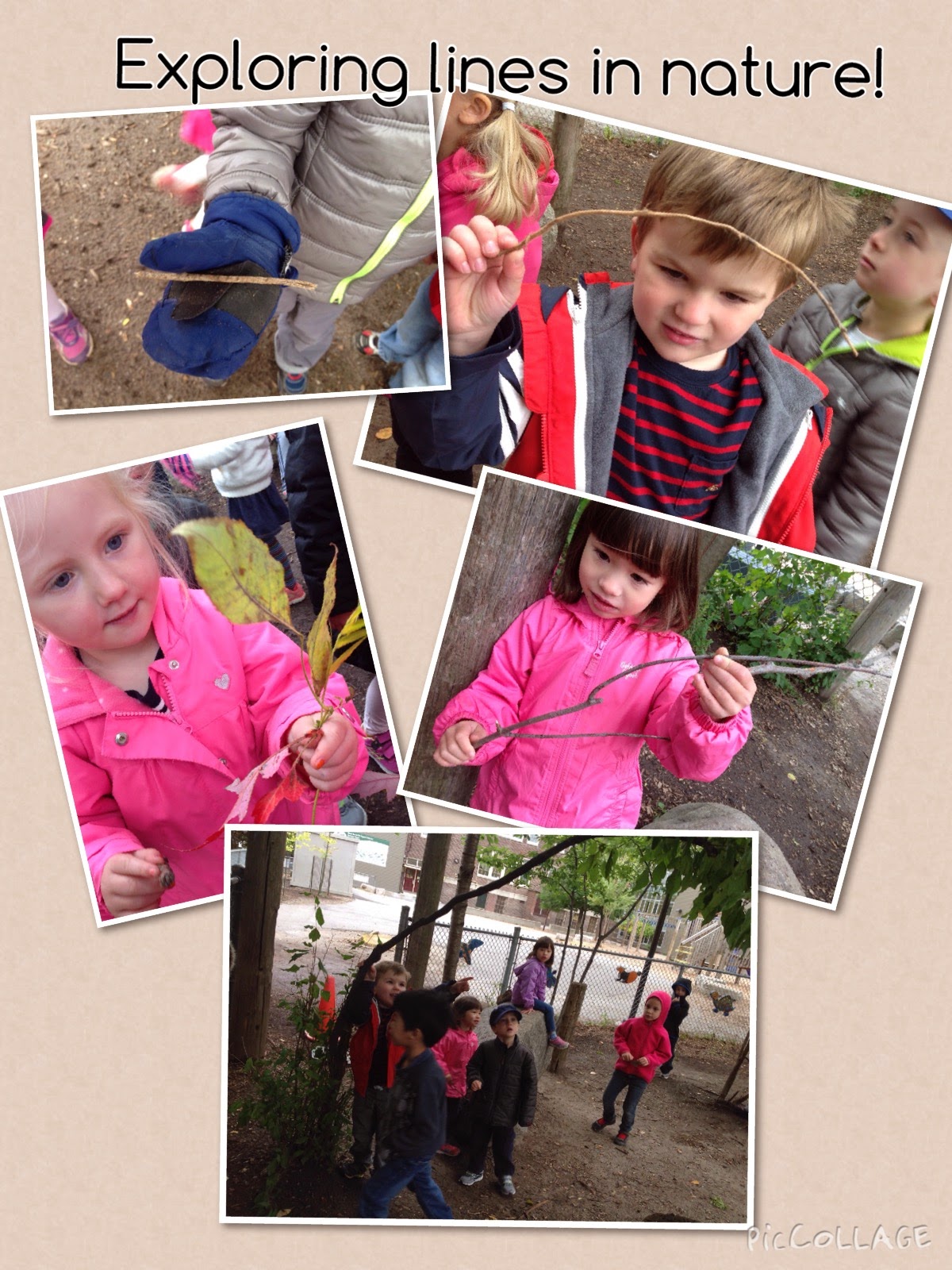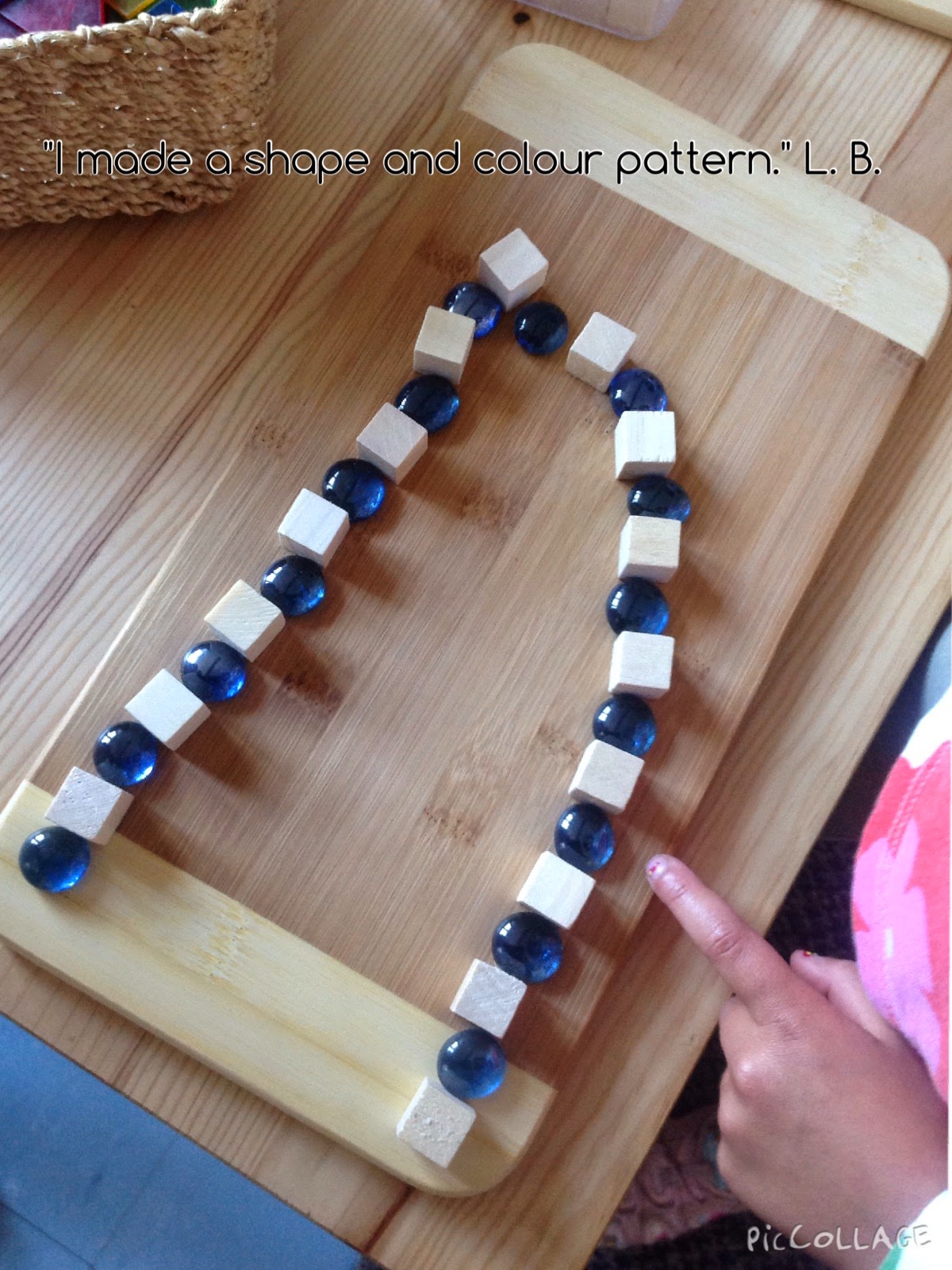The ‘rich’ child is a co-constructor of knowledge, learning best by being engaged and by doing, by experimenting and researching with others - not by being told.
UNESCO Policy Brief on Early Childhood, N° 47, January – March 2010
Throughout the last few weeks, I have been amazed at the work and quality of learning that is happening in the classroom. It's encouraging to observe the critical thinking students demonstrate when they interact and manipulate open-ended materials that are purposefully placed to create an environment that supports self-selection, imagination, and creativity. The image we have of children is very important in terms of the capabilities we think they possess. Beautifully explained below are excerpts from Loris Malaguzzi, Found of the Reggio Emilia Approach:
The environment you construct around you and the children also reflects this image you have about the child. There’s a difference between the environment that you are able to build based on a preconceived image of the child and the environment that you can build that is based on the child you see in front of you-the relationship you build with the child, the games you play. An environment that grows out of your relationship with the child is unique and fluid.
Malaguzzi, Loris. (1994). "Your Image of the Child: Where Teaching Begins". Exchange.
Loris Malaguzzi describes the rich as being 'rich in potential, strong, powerful, competent and, most of all, connected to adults and other children'. The ‘rich’ child is an active learner, ‘seeking the meaning of the world from birth, a co-creator of knowledge, identity, culture and values’; a citizen, the subject of rights not needs; and born with ‘a hundred languages’. The theory of the hundred languages of childhood refers ‘to the different ways children (human beings) represent, communicate and express their thinking in different media and symbolic systems’. These many possibilities range from mathematical and scientific languages to the many poetic or aesthetic languages expressed through, for example, the use of music, song, dance or photography.
UNESCO Policy Brief on Early Childhood, N° 47, January – March 2010
Believing that children have the ability to independently seek knowledge, and providing them with an environment that fosters exploration, investigation, and wonder, is evident in the capabilities that they possess and demonstrate. Below are a few images of the amazing learning from the past few weeks.
We need to produce situations in which children learn by themselves, in which children can take advantage of their own knowledge and resources autonomously, and in which we guarantee the intervention of the adult as little as possible. We don’t want to teach children something that they can learn by themselves. We don’t want to give them thoughts that they can come up with by themselves. What we want to do is activate within children the desire and will and great pleasure that comes from being the authors of their own learning.
Malaguzzi, Loris. (1994). "Your Image of the Child: Where Teaching Begins". Exchange.
Once teachers have prepared an environment rich in materials and possibilities, they observe and listen to the children in order to know how to proceed with their work. Teachers use the understanding they gain thereby to act as a resource for them. They ask questions and thus discover the children’s ideas, hypotheses, and theories. They see learning not as a linear process but as a spiral progression and consider themselves to be partners in the process of learning.
Gandini, Lella, "Values and Principles of the Reggio Emilia Approach," in Insights and Inspirations from Reggio Emilia: Stories of Teachers and Children from North America. Ed. Lella Gandini, Susan Etheridge, Lynn Hill. Davis Publications, Worcester, MA. 2003
All children have preparedness, potential, curiosity; they have interest in relationship, in constructing their own learning, and in negotiating with everything the environment brings to them. Children should be considered as active citizens with rights, as contributing members, with their families, of their local community.
Gandini, Lella, "Values and Principles of the Reggio Emilia Approach," in Insights and Inspirations from Reggio Emilia: Stories of Teachers and Children from North America. Ed. Lella Gandini, Susan Etheridge, Lynn Hill. Davis Publications, Worcester, MA. 2003



































